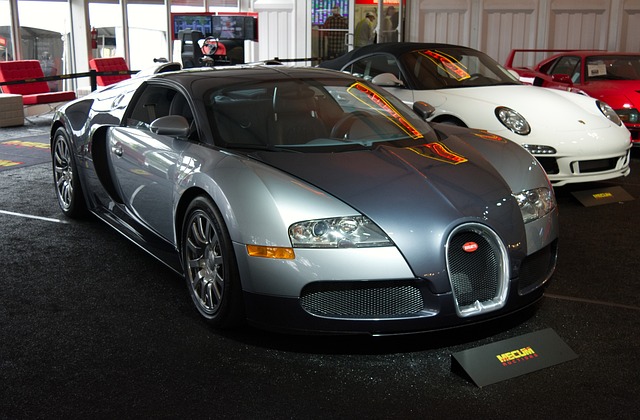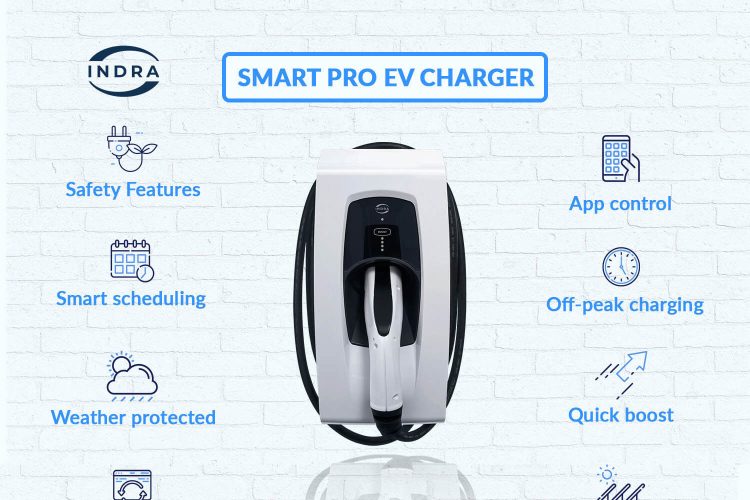Electric vehicles have finally come of age with the birth of the electric hypercar. Beyond the pocket of all but the most affluent motorist, why are these astonishing vehicles so important for the electric vehicle industry?
There are generations of little boys (of all ages!) who would lust over amazing vehicles, whether they are on posters hanging on their bedroom walls to the pages of glossy automotive magazines.
These were first the super and then the hypercars, vehicles boasting a ‘Top Trumps’ winning hand of superlatives and a price label to match.

The term is thought to have been coined with the 1993 McLaren F1, however, there are those who believe that the 2005 Bugatti Veyron was in fact the first true hypercar. Both are vehicles with throbbing engines which growl in a way that excites the motor enthusiast and television personality alike, with shows like Top Gear spending considerable screen time showcasing a car that would be created in tiny numbers (376 F1’s hit the road in total) with a price tag which naturally attracted buyers such as the Sultan of Brunei.
At the same time, Top Gear was spending an almost equal amount of time deriding electric vehicles, joking about impossible charging, and building ridiculous vehicles. However, the time has finally come for some serious electric revenge with the birth of the first electric Hypercar the Lotus Evija.
Evija is defined as ‘the first in existence’ or ‘the living one’ and this is a good choice of title for what is a world-changing electric car. You will have to have deep pockets to own one, with only 130 planned to be produced at a lottery winner’s retail price of just over £2.4 million.
What is considered a hypercar?
A hypercar can be defined as the most superior and high-performance cars on the market worldwide. Only 1% of cars are hypercars, the first one was produced in 1963, the Bugatti Veyron was in fact the first true hypercar
This is a vehicle that will produce almost two thousand brake horsepower (1973bhp) with a 0-60 in less than three seconds, along with the zero to 186 mph in under nine seconds will ensure that pulling away from the lights will no longer be a challenge. It doesn’t stop there as it will go considerably more than 200 miles per hour.
Powered by individual electric motors for each wheel powered by a stack of lithium-ion batteries placed behind the passenger seat which allows the center of gravity to be kept low offering immense stability. The range is said to be more than 250 miles on a single charge.
The Lotus-designed 350 kw charging unit takes only twelve minutes to reach an 80% charge and eighteen minutes to achieve a full charge and they state that it is ready for 800 kw charging as this becomes available which will see the battery charge in just nine minutes.
However, what does this mean to the average motorist? There will not be one of us who will be using an electric hypercar to drop the kids off at school or pick up a few things from the local Aldi. The important message is that, with the arrival of an electric car that is a true, hypercar contender we can finally start to sway those people who only remember the negatives of electric motoring.
Showing this vehicle which is astonishing in every way from its sci-fi figure to the jaw-dropping stats will allow the once ‘petrol heads’ to finally consider a better way. Whereas this is not a mainstream production vehicle, this is the sort of car that will make a stir and grace the covers of the motoring press and Sunday supplements. It sows the seeds that electricity is here and here to stay. The technologies will start to filter down to production vehicles but the message will be impactful and instantaneous.
This is a car that people will dream of driving, the feeling of instant, seat-thumping power, the traffic-stopping lines, and the manic exclusivity of not only the hypercar club but the even more unique electric hypercar section.
Mark my words, this will be the first, but once it has been thrashed around the track by The Stig and lauded by the motoring press it will become the stuff of dewy-eyed water cooler moments.
Ladies and gentlemen, Lotus, with the production of a handful of multi-million-pound vehicles have just changed the world for electric vehicles. Hold on tight, it’s going to be one hell of an exciting ride!






